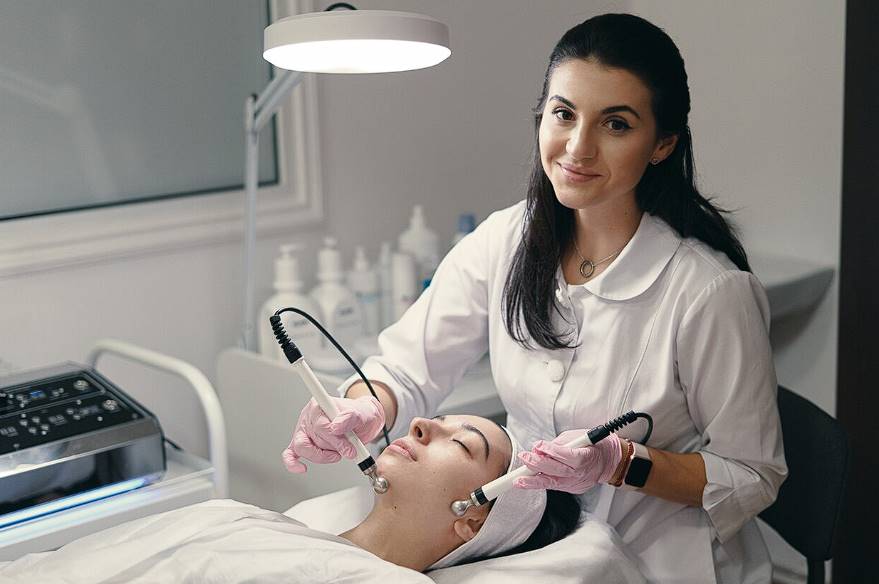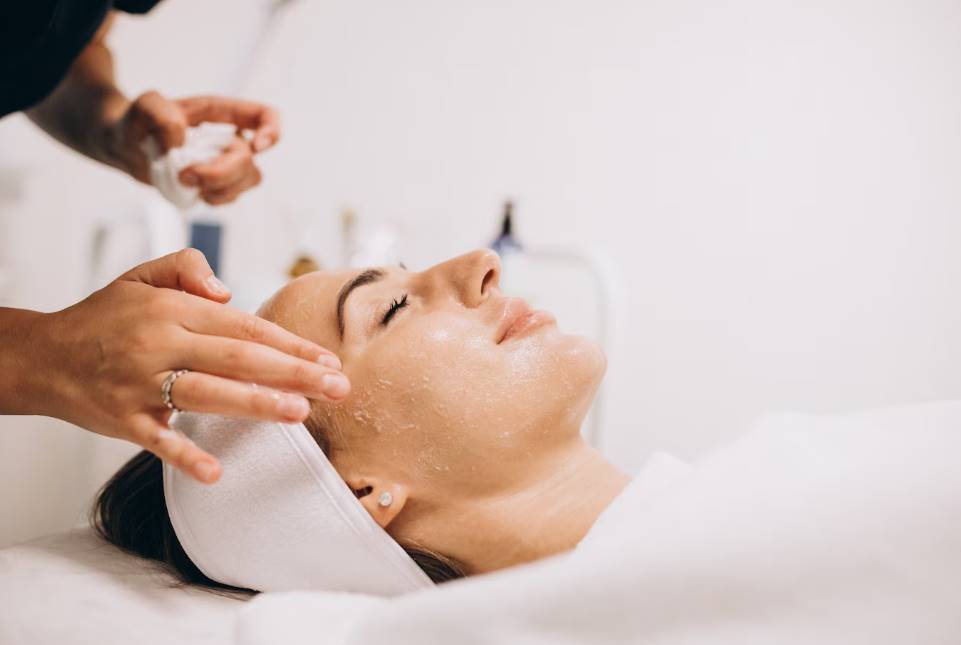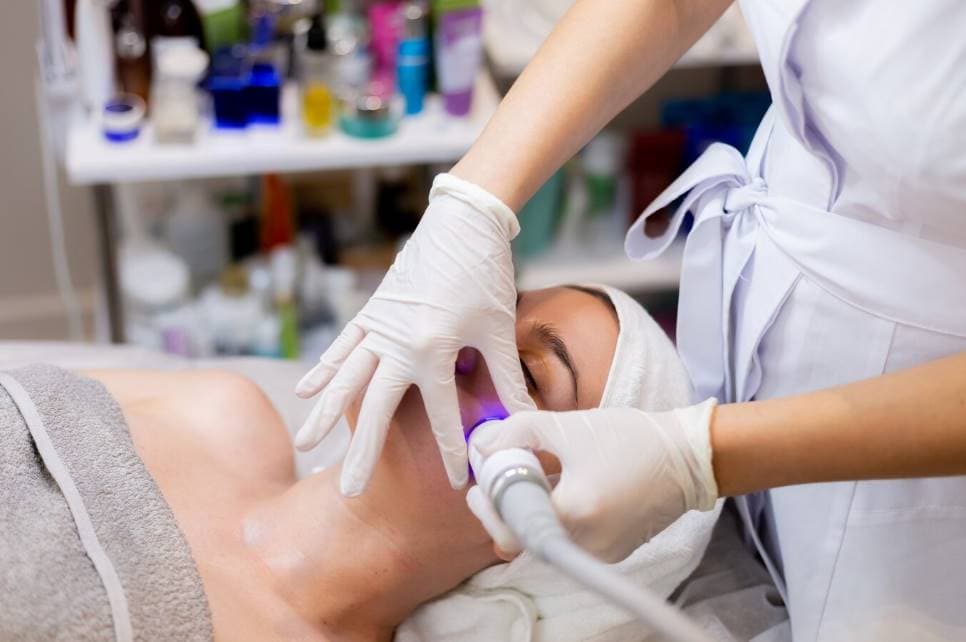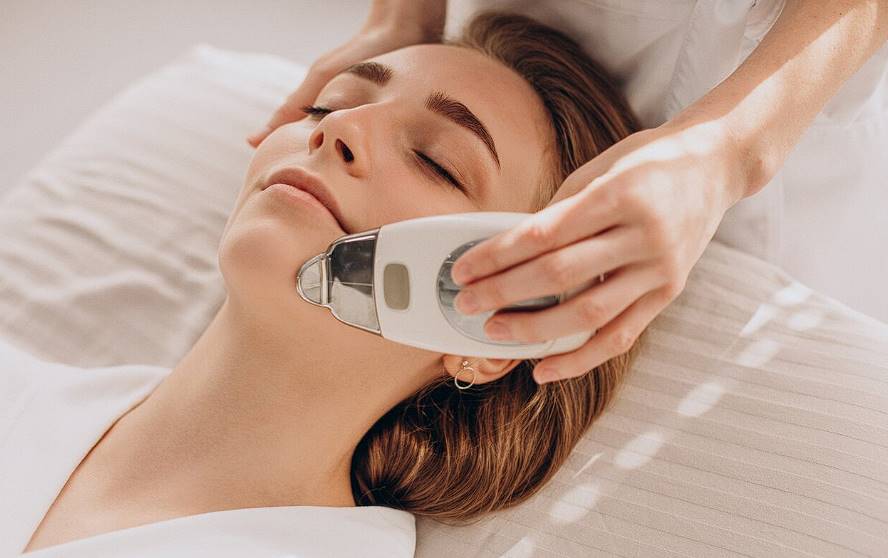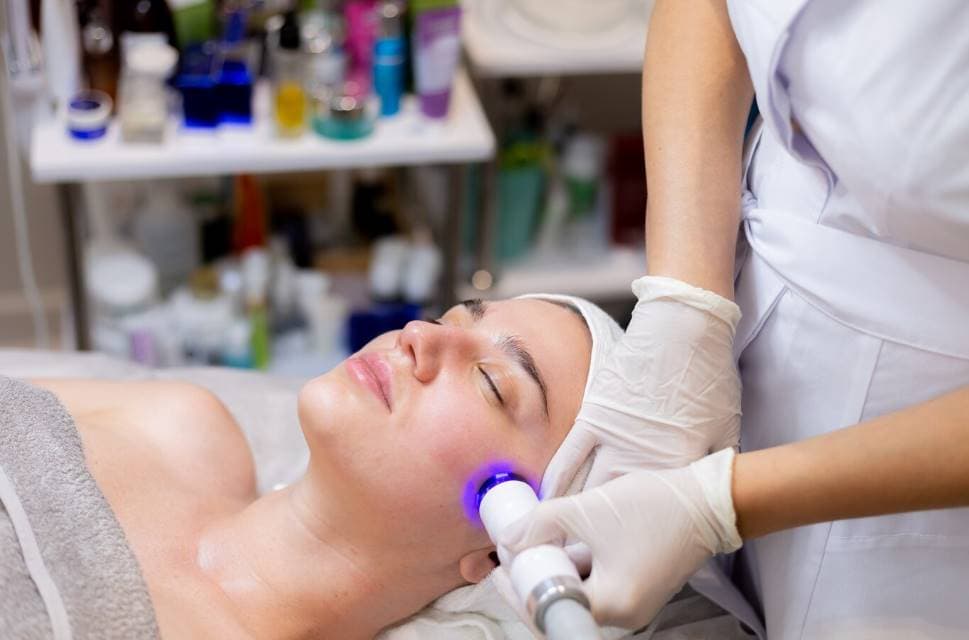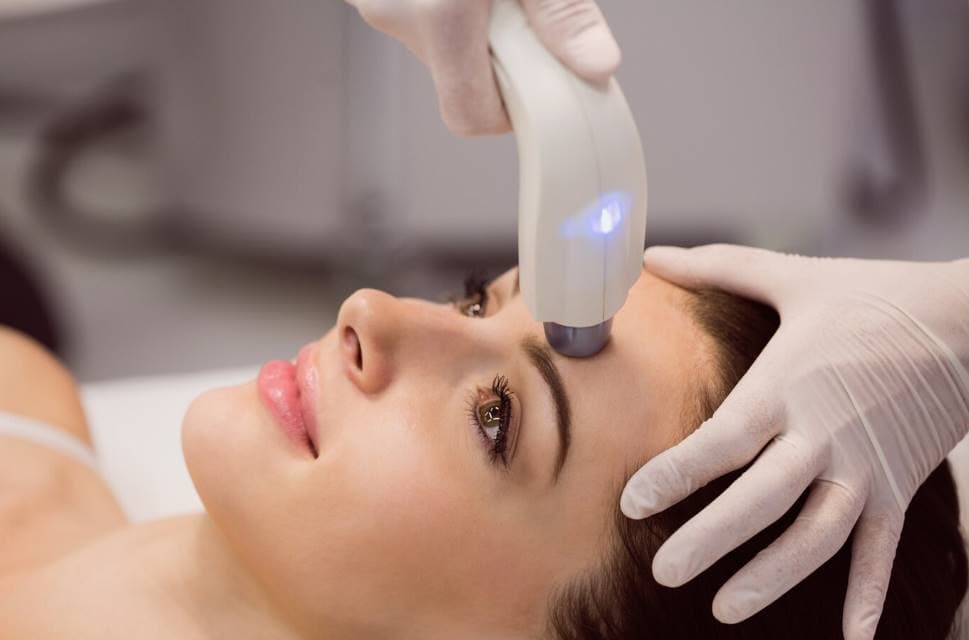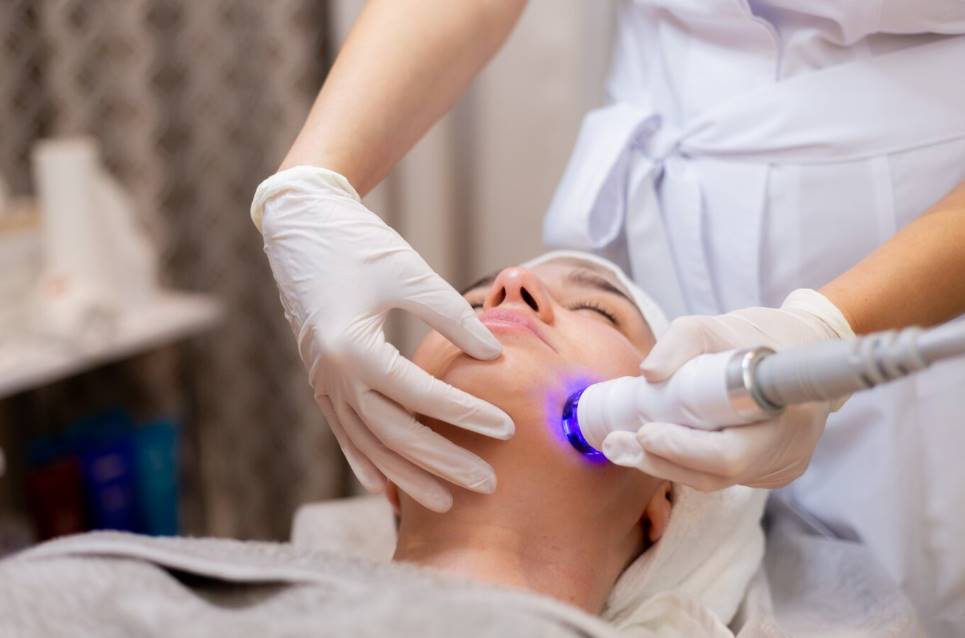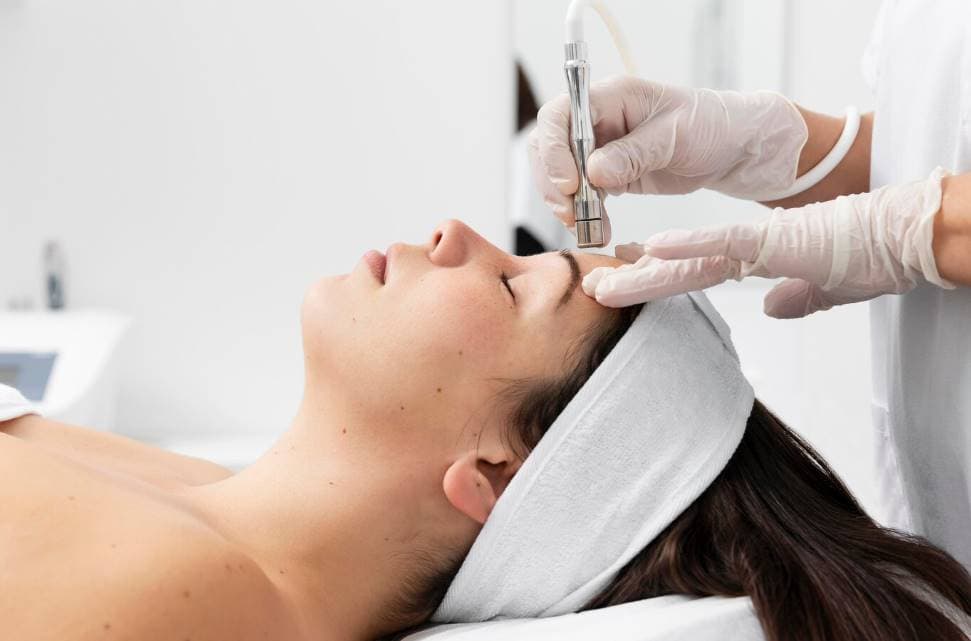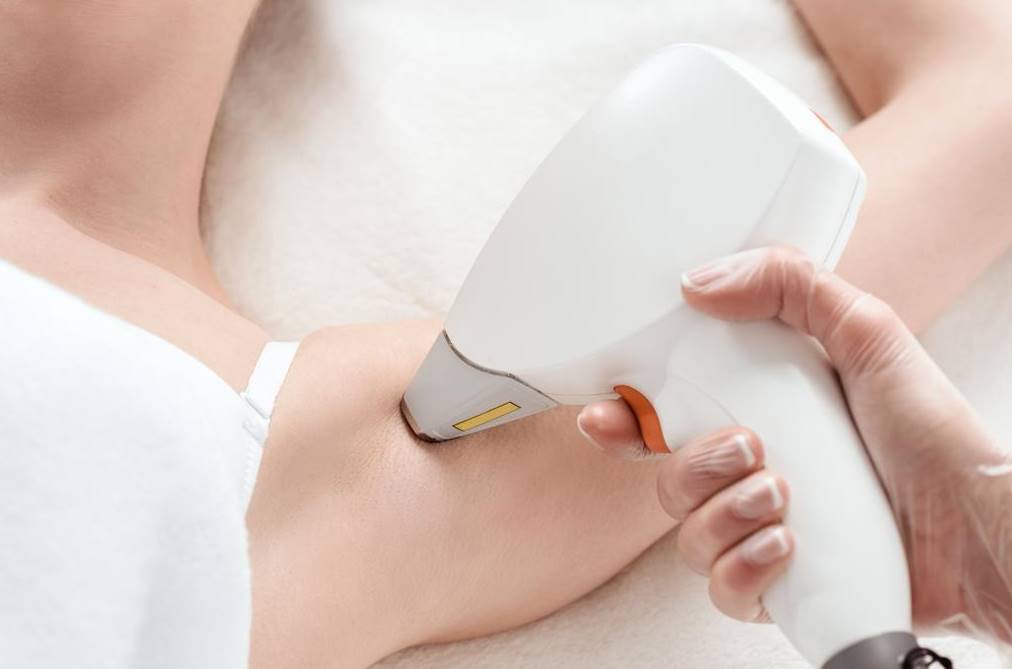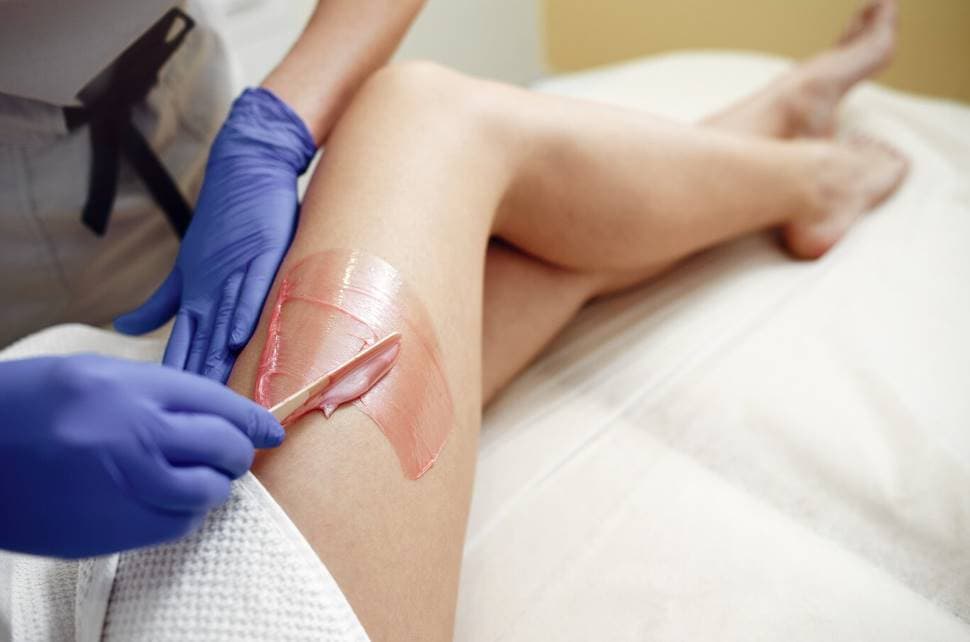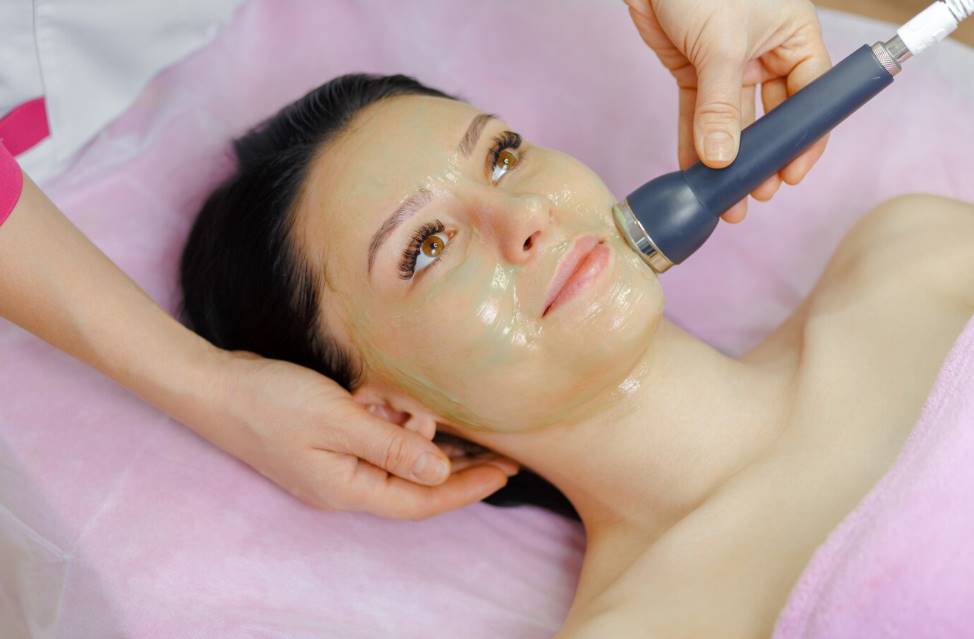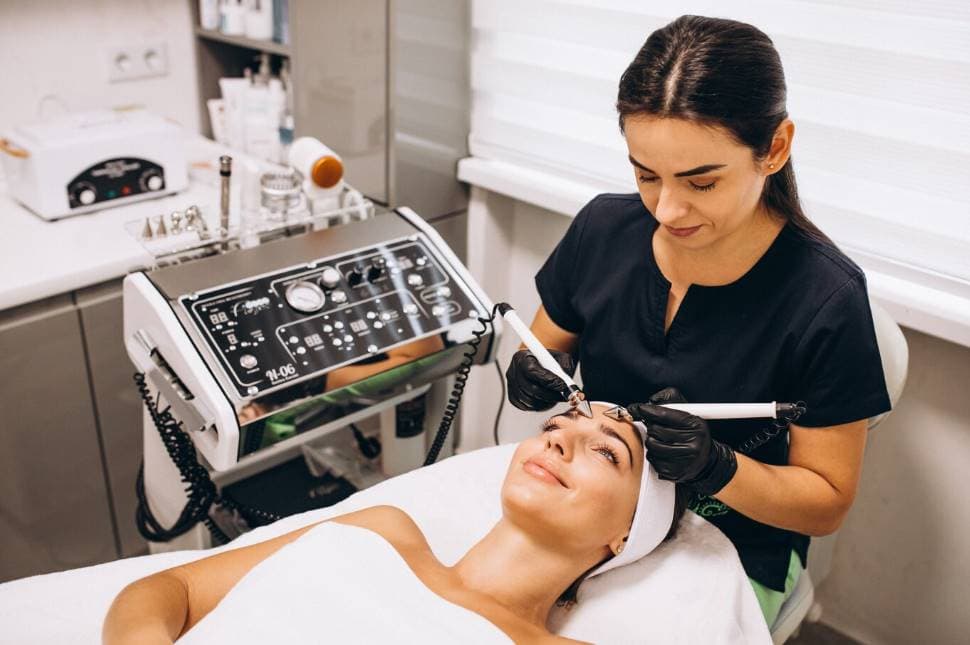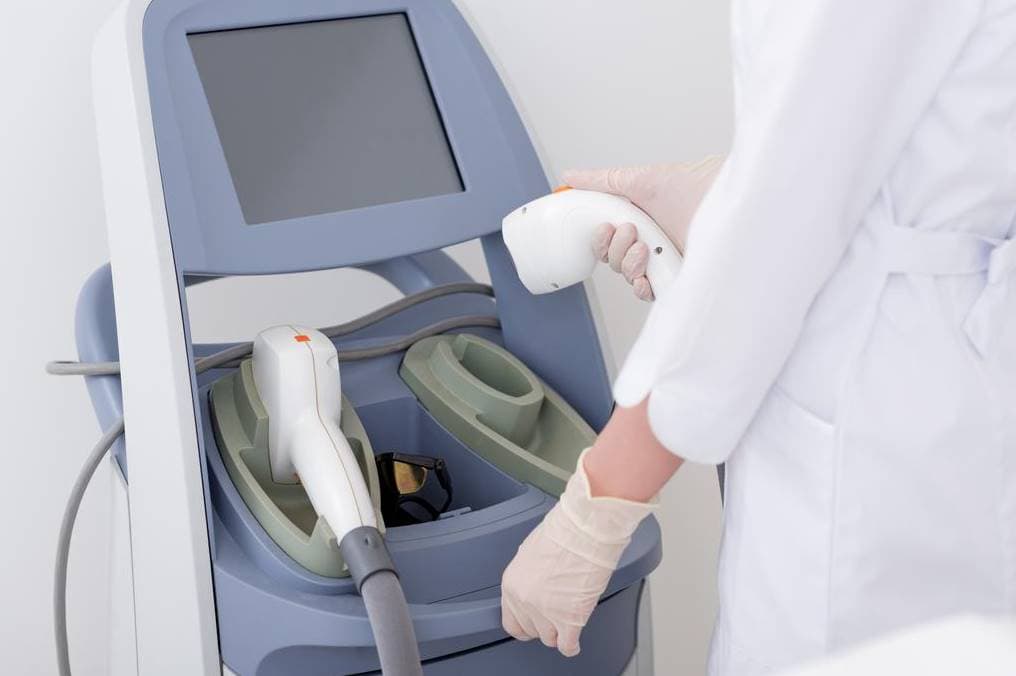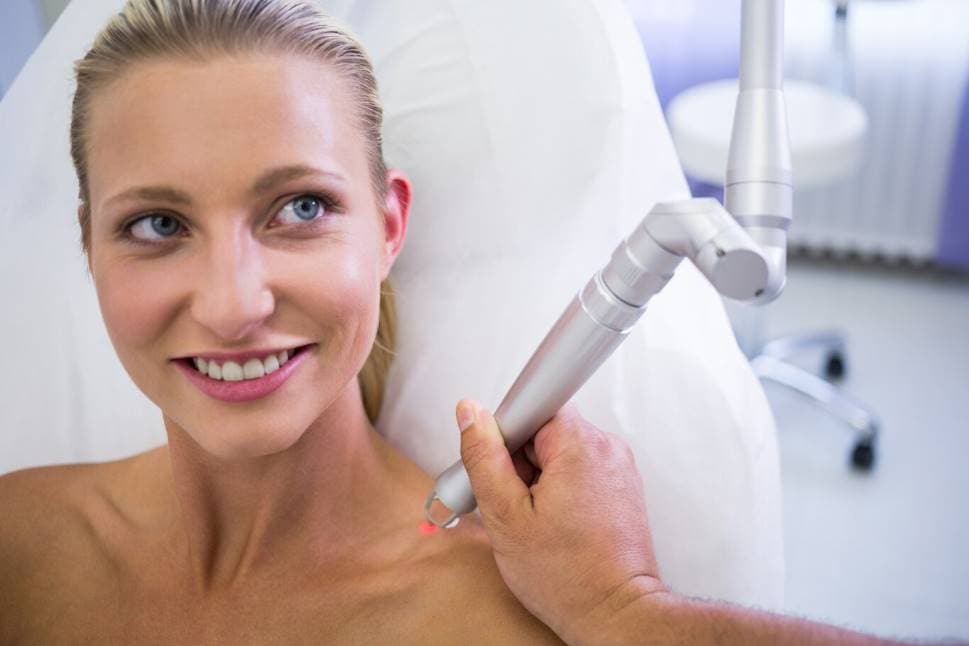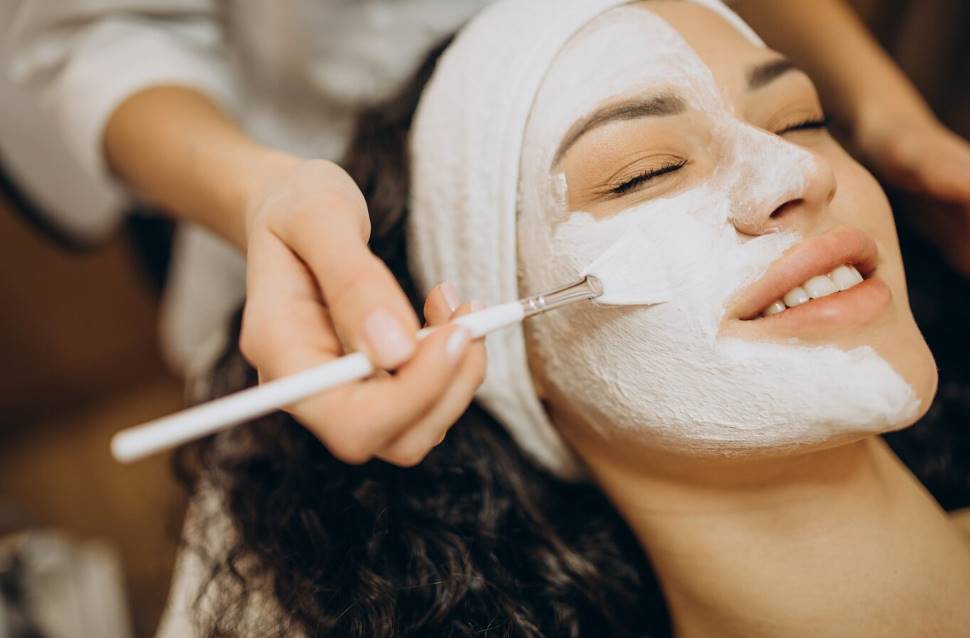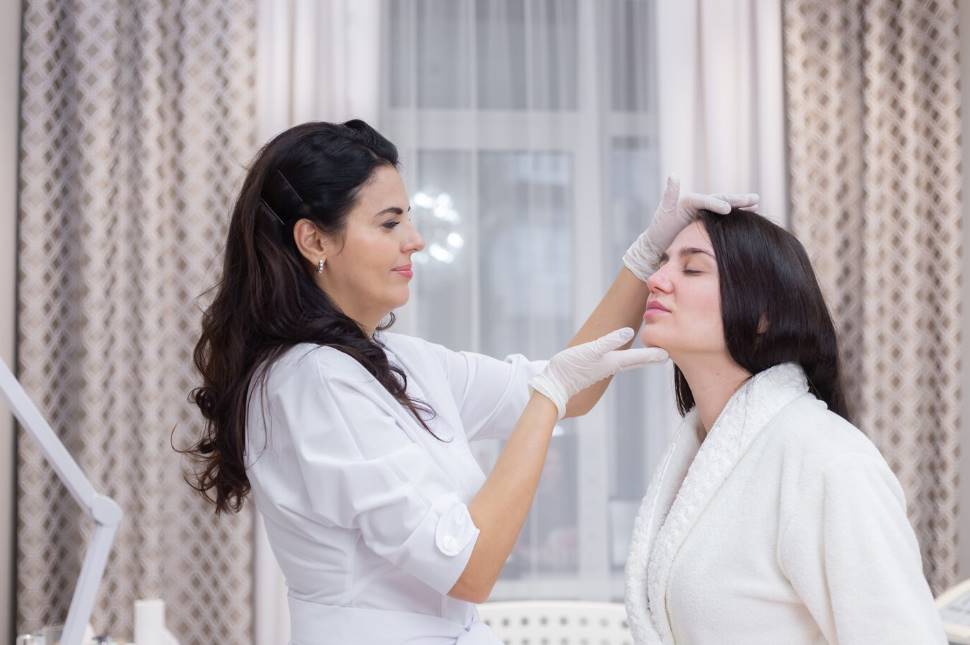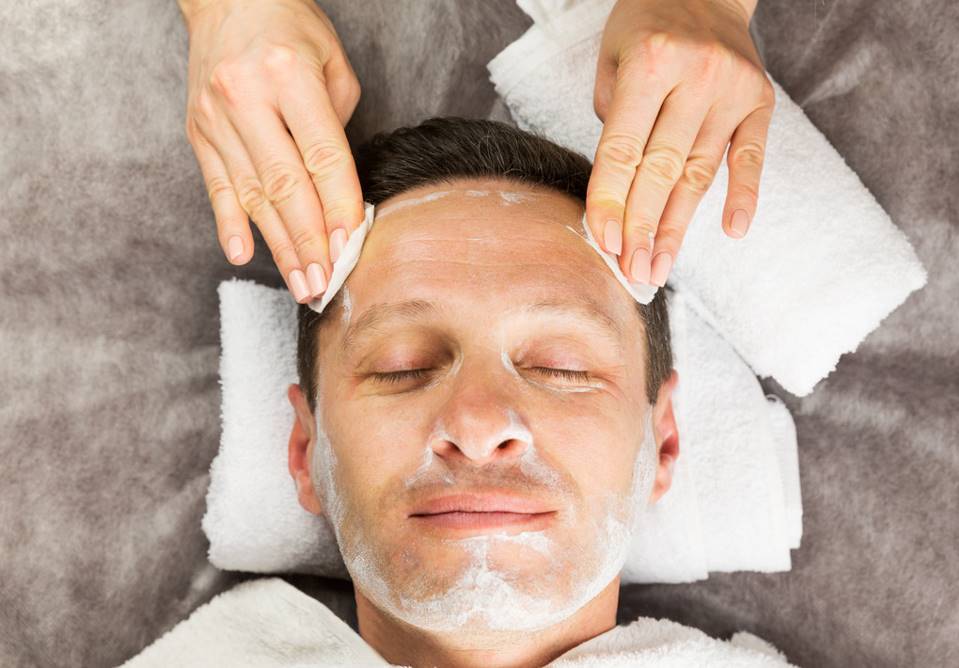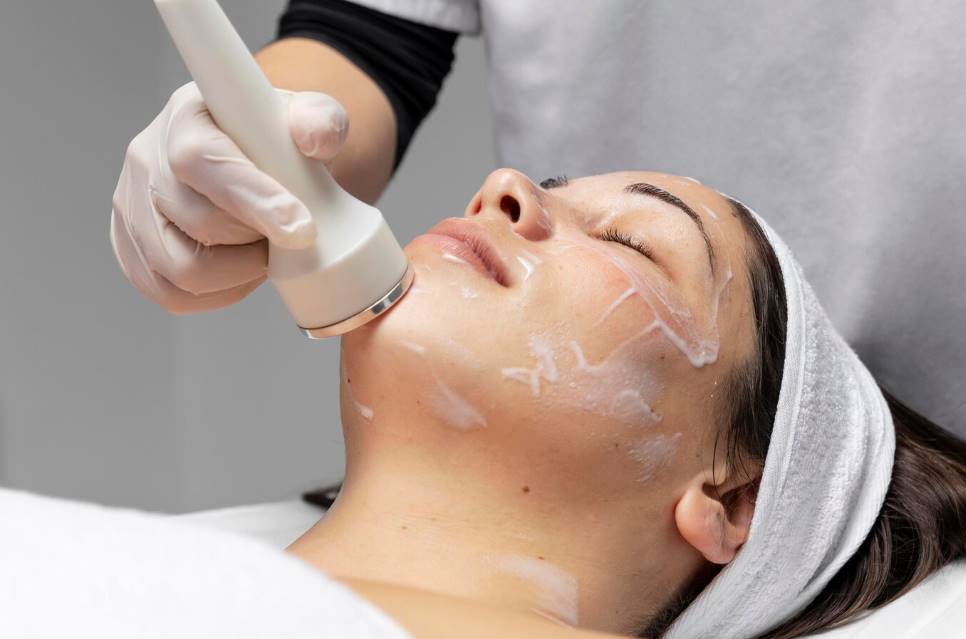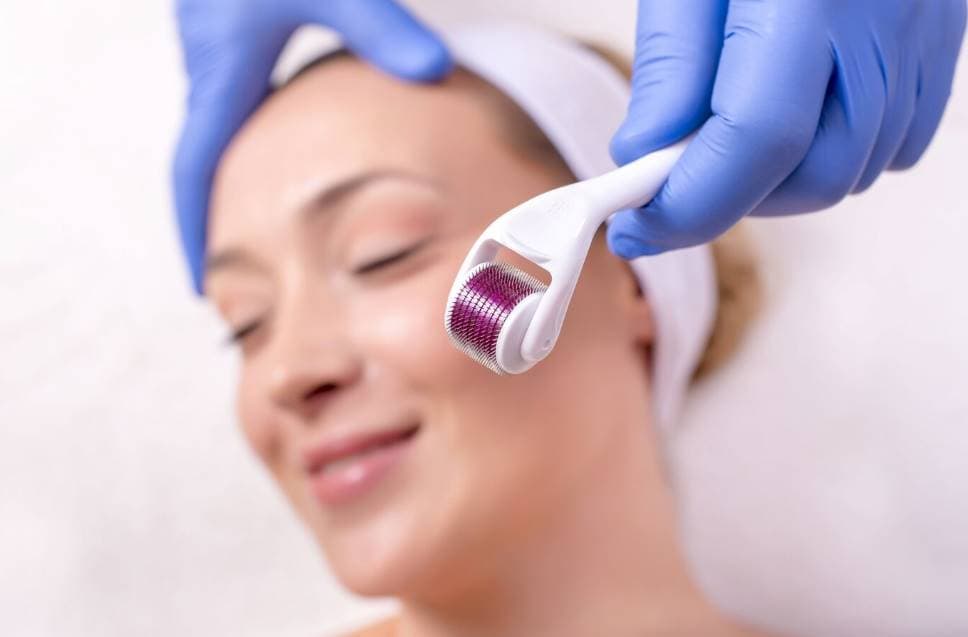It's no secret that the field of beauty treatments has evolved dramatically in response to the growing emphasis on outward appearance. Improving one's appearance is no longer restricted to invasive surgical procedures, thanks to the proliferation of non-invasive cosmetic treatments.
There is a wide variety of non-invasive cosmetic procedures that can be used to enhance and revitalise a person's appearance. These innovative treatments may initially seem mild, but their profound consequences soon become clear.
Using this method, one can subtly and effectively enhance their appearance. With these alternatives, you can achieve your desired look without resorting to a surgical procedure. Wrinkles can be smoothed out, and a youthful appearance can be achieved.
Read on and learn more about the various options available for non-invasive cosmetic procedures, their benefits, and problems solved by these innovations.
What Benefits Do Non-Surgical Methods Offer?
Even though most individuals would consider getting plastic surgery to be nothing more than a vain act, the psychological benefits of increased confidence are real, even if the physical changes aren't. Fillers, lasers, and peels are all non-invasive cosmetic procedures that can produce noticeable results.
How Many Different Kinds Of Non-Surgical Treatments Are There?
Since non-invasive cosmetic operations have become increasingly popular, more goods and methods have been developed to tackle specific issues and provide the finest potential paths towards upgrades and general health. Among these alternatives to traditional surgery are:
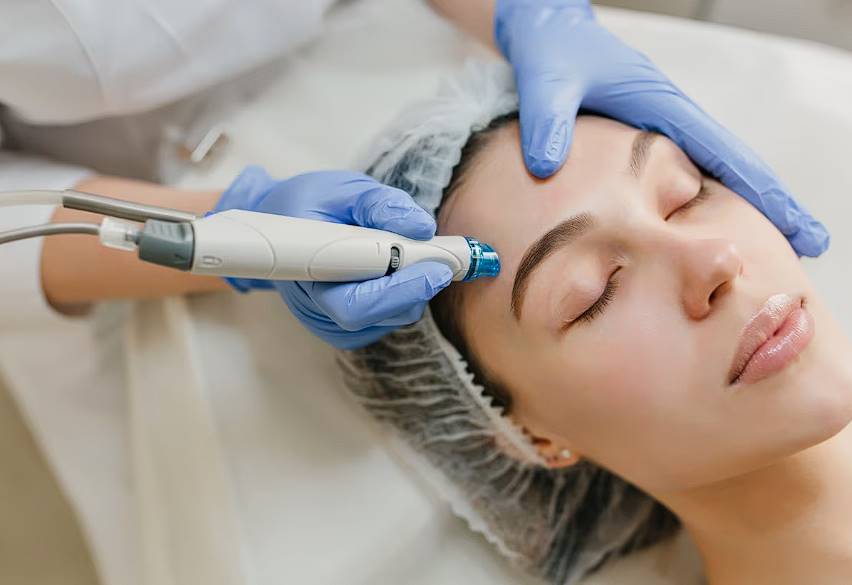
Laser Therapy For Acne Scars
The goal of the medical process known as laser treatment for acne scars is to lessen the appearance of the scars left behind by severe acne. By directing beams of light at the problem regions, laser therapy can eliminate the skin's damaged outer layer, reducing the appearance of scars and evening out the skin tone. Depending on the extent of your disease, your plastic surgeon will select the most suitable spectral range treatment to achieve the best possible outcomes for you.
Body Laser Therapy
Non-invasive body laser treatments remove fat, skin discolouration, birthmarks, varicose veins, and scars. The abdomen, thighs, and buttocks are the target areas for body laser treatments since they are painless, quick, and easy procedures with minimal downtime.
Treatment For Hyperpigmentation
Sun damage, acne, skin injuries, and inherited skin illnesses can all result in discolouration of the skin, which can be treated with cutting-edge laser technology known as hyperpigmentation. The intense beams of light stimulate collagen formation and tissue regeneration deep under the skin, reducing melanin overproduction.
Remove Hair With A Laser
Unlike waxing, tweezing, and shaving, laser hair removal is a precise approach for removing unwanted hair from different body regions. In addition to reducing hair growth, hyperpigmentation and other skin flaws can be addressed during a laser hair removal session.
Chemical Peel
A chemical peel uses chemical solutions to exfoliate the skin's outermost layer, revealing fresher, younger skin underneath. The process treats fine lines, uneven skin tone, age spots, and scars.
Depending on the individual's needs, chemical peels can range from very light (superficial) to medium to deep. A deeper peel can produce more noticeable results and require more healing time.
Remove Scars With Laser
Scars and keloids might be less noticeable after a non-invasive cosmetic surgery known as laser scar removal.
By removing the damaged layer of skin, this sort of concentrated light treatment successfully evens out your skin to render blemishes unnoticeable when administered by a highly qualified and experienced practitioner.
Dermabrasion
Dermabrasion is a common non-invasive cosmetic procedure used to exfoliate the skin and restore its youthful appearance.
A cosmetic surgeon delicately removes the top layer of skin with a spinning device to treat acne scars, small wrinkles, age spots, and uneven skin tone. The procedure typically leaves patients with a little tingling sensation. Within three months, you should notice that the pinkness has faded entirely, and your health has returned to normal.
Laser Skin Resurfacing
Laser skin resurfacing is a method of precisely removing layers of damaged skin using concentrated light beams. As a result, deeper layers of skin that are healthier and more youthful-looking are revealed.
Swelling, itching, and tingling are common side effects after medical procedures. Most of these symptoms should go within 72 hours, and you should return to normal in around 10-21 days.
Laser Surgery For The Face
Laser facial treatments can reduce the look of fine lines, age spots, and acne scars. The skin is scanned with short, intense beams of light that pulse rapidly to remove unwanted layers.
Anti-Aging Laser Procedure
Safe and non-invasive laser wrinkle treatments can reverse the signs of ageing skin. The skin's cells can be restored and stimulated to regenerate with light treatment, resulting in a revitalised look. After treatment, you should expect some swelling and redness to last four to eight hours.
Transfer Of Fat
To do a fat transfer, doctors remove fat from one area of the body and inject it into another, usually the face. By lifting and filling up depressions, the face can look years younger. Patients who want to augment their cheeks, temples, or jawline with synthetic implants will find this an excellent option.
Eliminating Stretch Marks
Stretch marks from fast weight gain or decrease can be removed quickly and painlessly with light therapy. This treatment can help patients with superficial and deep stretch marks achieve a more uniform skin tone and a smoother appearance.
Fillers
By reducing the visible effects of ageing, injectable fillers restore a youthful appearance. When injected into the skin, fillers work differently than neuromodulators like Botox by relaxing the underlying muscles, making fine lines and wrinkles virtually disappear. Lips and cheeks can benefit from fillers' volumising effects as well.
Which Problems Can Be Helped By Non-Surgical Interventions?
Patients are often astonished to hear that non-invasive alternatives to surgery and anaesthesia exist for various cosmetic issues.
When a patient isn't ready for or has already had facial cosmetic surgery but wants to maintain or improve the results, non-surgical therapies might be a great alternative. Results from injectable fillers, BOTOX, and Dysport require upkeep, but those from laser skin resurfacing last for years without any touch-ups.
Pale Or Unhealthy Skin
The face is especially susceptible to the damaging effects of smoking, grime, UV radiation, environmental contaminants, and other irritants on the skin's tone and texture.
Aesthetic lasers can remove dead, damaged skin cells and promote the creation of new, healthier skin with minimal downtime. In-office laser skin resurfacing yields visible effects in days, weeks, and months.
Instead, a healthy and glowing complexion can be achieved with a consistent skincare routine that a doctor has advised.
Submental Fat
We're all after that V-shaped jawline that indicates a youthful face. Those who want to avoid surgery but get rid of their "double chin" neck fat and gain some definition in their jawline can do so with non-invasive jawline contouring. Dermal fillers can improve the jawline by adding volume and definition to the chin.
Fine Lines And Wrinkles
We provide a variety of injectable procedures that can effectively eliminate wrinkles and fine lines such as crow's feet, frown lines, and brow creases. In most cases, wrinkles caused by repeated facial expressions are best treated with options like Dysport and BOTOX, which relax overactive facial muscles.
The areas around the eyes, the brow region, and the interorbital space are common for this to occur. Injectable fillers can treat deeper facial creases, such as the nasolabial folds (often called "smile lines") and marionette lines, by adding volume to the affected areas and, by extension, the cheeks.
Facial Volume Loss And Creases
Patients who are unhappy with the appearance of their face due to volume loss may benefit from facial fillers.
Lips, under-eye hollows, temples, and cheeks are some areas where wrinkles can be softened and thin or hollow areas filled with fillers.
The filler results can be seen for anywhere from 6 to 18 months with optimal therapy. Complete rejuvenation can be achieved using injectable fillers following a facelift or blepharoplasty.
Hyperpigmentation, Sun Spots, And Acne Scars
Nothing beats the self-assurance that comes from having a smooth, even complexion, and in certain circumstances, non-surgical treatments are the best way to get there. Dark spots, rough patches, sun damage, old acne scars, and age spots are some common skin defects that can be effectively treated with laser skin resurfacing.
Treatments with today's cutting-edge aesthetic lasers can be modified to suit your skin tone and the severity of your problems. After laser resurfacing heals, your skin should feel softer and look healthier and more radiant.
Advantages Of Non-Invasive Cosmetic Treatments
When compared to surgical options, non-invasive cosmetic procedures have several advantages. Among the most significant advantages are:
- Non-invasive procedures provide speedy recovery, allowing patients to resume their everyday routines.
- Compared to surgical procedures, non-invasive ones typically cause less pain and discomfort.
- Scarring is minimised because there is no need for cutting, incisions, or stitching in non-invasive procedures.
- Complications are less likely to arise from non-invasive techniques than from open surgery.
- Non-invasive techniques are often more cost-effective than invasive ones.
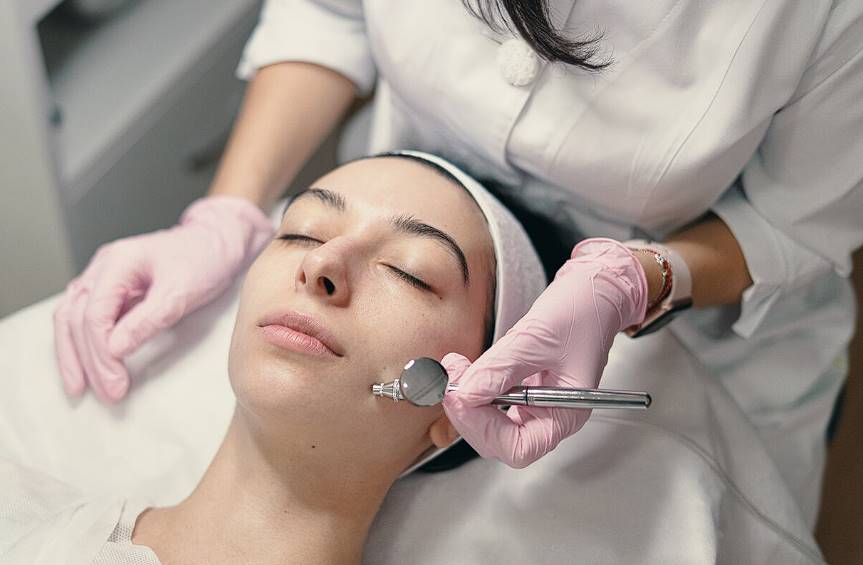
Potential Dangers Of Non-Surgical Cosmetic Procedures
There are many advantages to undergoing non-invasive cosmetic procedures, but you should also know the hazards. Here are a few examples of possible dangers:
- Discomfort Some patients may experience discomfort or agony during or after a non-invasive operation, even though these treatments are often less invasive and less invasively performed than traditional surgical procedures.
- Bruising and swelling are possible after-effects of non-invasive surgery, although they often subside within a week.
- Infection: Infection is unlikely, although it is possible, like with any medical surgery.
- Some patients may experience an adverse reaction to one or more items or materials utilised during the treatment.
- It's possible that the surgery will work differently than planned or that more procedures may be needed.
The benefits and drawbacks of each non-invasive therapy vary. Talking to a cosmetic surgeon might help you weigh the pros and downsides of non-invasive procedures.
Conclusion
As more and more people place value on how they seem to the world, so has the area of beauty treatments. More and more people are turning to non-invasive cosmetic procedures to improve and refresh their appearance.
Body laser therapy, hyperpigmentation treatment, hair removal, chemical peels, laser scar removal, dermabrasion, laser skin resurfacing, laser surgery for the face, laser procedures for anti-aging, fat transfer, stretch mark elimination, and injectable fillers are all examples of such treatments.
Benefits of non-surgical treatments include a more youthful appearance, a decreased appearance, and a better skin tone. Acne scars can be treated with lasers to make them less noticeable, while laser treatments for the body can eliminate unwanted fat, skin discolouration, birthmarks, varicose veins, and scars. The overproduction of melanin is suppressed by treatments for hyperpigmentation, which promote collagen creation and tissue regeneration beneath the skin.
When it comes to undesired hair, laser hair removal is a precise method, whereas chemical peels can be mild, medium, or deep. Laser resurfacing may remove years of damage from the appearance of your skin, while laser scar removal can eliminate unsightly scars and keloids with pinpoint accuracy.
By repairing cells and encouraging regeneration, anti-aging laser therapies can counteract the visible effects of time on the skin. Patients can get a more even skin tone and a smoother appearance with the use of fat transfer, the removal of stretch marks, and injectable fillers. When it comes to improving and refreshing one's appearance, non-invasive cosmetic procedures provide a wide range of advantages and options.
Acne, submental fat, fine lines, wrinkles, facial volume loss, hyperpigmentation, sun spots, and acne scars are just some of the cosmetic disorders that can be treated without surgery. You can get effects from these treatments in a matter of days, weeks, or months, whether you get them done in a medical office or at home.
Dead skin cells can be removed using injectable fillers, BOTOX, or Dysport, leading to better skin with little recovery time. Enhancing the jawline with dermal fillers can do so by increasing volume and contour. Wrinkles and fine lines around the mouth, eyes, and forehead can all be smoothed out using injectable fillers.
Injectable fillers can restore lost facial volume and smooth out wrinkles for up to 18 months with proper care. Hyperpigmentation, sun spots, and acne scars are all treatable with laser skin resurfacing. The colour of the patient's skin and the severity of their symptoms are two factors that can be used to tailor the therapies.
Non-invasive cosmetic operations provide many benefits over their intrusive counterparts, including a shorter recovery time, less pain and discomfort, less scarring, fewer problems, and lower costs. On the other hand, there is always the chance of experiencing pain, swelling, infection, a bad response, or even having to have emergency surgery. A cosmetic surgeon should be consulted in order to analyse the benefits and risks of each non-invasive treatment option.
Content Summary
- The emphasis placed on one's outward appearance has led to the development of less intrusive cosmetic treatments.
- Enhancement that is achieved without the need for surgery can be obtained through non-invasive methods.
- There are many non-invasive procedures that can discreetly improve one's appearance and fight the effects of ageing.
- Increased confidence and tangible outcomes are two advantages that come with the use of non-surgical treatments.
- A wide variety of non-invasive treatments can be used to address particular problems and improve overall health.
- Acne scars, hyperpigmentation, and other skin flaws can all be treated with laser therapy.
- Hair and skin concerns can be treated with laser hair removal and chemical peels, respectively.
- Scars, stretch marks, and dermalabrasions are all treatable conditions that do not require invasive procedures.
- There are a variety of anti-aging procedures available, including laser skin resurfacing, cosmetic treatments, and surgical facelifts.
- There are options available, such as non-surgical fat transfer, scar removal, and fillers.
- Several non-surgical procedures are useful in addressing a variety of cosmetic issues.
- Lasers used in aesthetic medicine can heal sun damage and revitalise the skin, among other benefits.
- The patients who undergo non-invasive therapies report both psychological and visible improvements.
- Results can be achieved with techniques that are less invasive, like as fillers, lasers, and peels.
- There is a wide range of non-surgical therapies available for a variety of cosmetic issues.
- Those who are not yet prepared for surgery may benefit from non-invasive treatment methods.
- The results of non-invasive procedures are long-lasting and do not require any further maintenance.
- Maintaining a regular skincare practise is essential to having healthy skin.
- procedures that do not involve surgery for reducing submental fat, fine wrinkles, and volume loss.
- Laser resurfacing is used to address hyperpigmentation as well as skin imperfections.
- The patient recovers from non-invasive operations more quickly, experiences less discomfort, and has little scars.
- There is always the chance of experiencing pain, bruising, an infection, or a bad response.
- Both the benefits and the negatives of non-invasive techniques need to be taken into consideration.
- A consultation with a cosmetic surgeon can help balance the benefits and risks of the procedure.
Frequently Asked Questions
Non-surgical treatments are generally well-tolerated. Some procedures might cause minor discomfort, which can be managed with topical numbing creams or local anesthesia.
Suitable candidates usually seek subtle improvements to their appearance without surgery. A consultation with a qualified provider is necessary to determine candidacy.
Common side effects include temporary redness, swelling, bruising, and mild discomfort at the injection site. Serious complications are rare but can include infection or allergic reactions.
Non-surgical treatments can significantly improve appearance, but they might not achieve the same dramatic results as surgical procedures. The choice between the two depends on the patient's goals and preferences.
Select a licensed and experienced medical professional, such as a dermatologist or plastic surgeon, who specialises in non-surgical cosmetic treatments. Research their credentials, read patient reviews, and schedule a consultation to discuss your goals and concerns before proceeding with any procedure.
